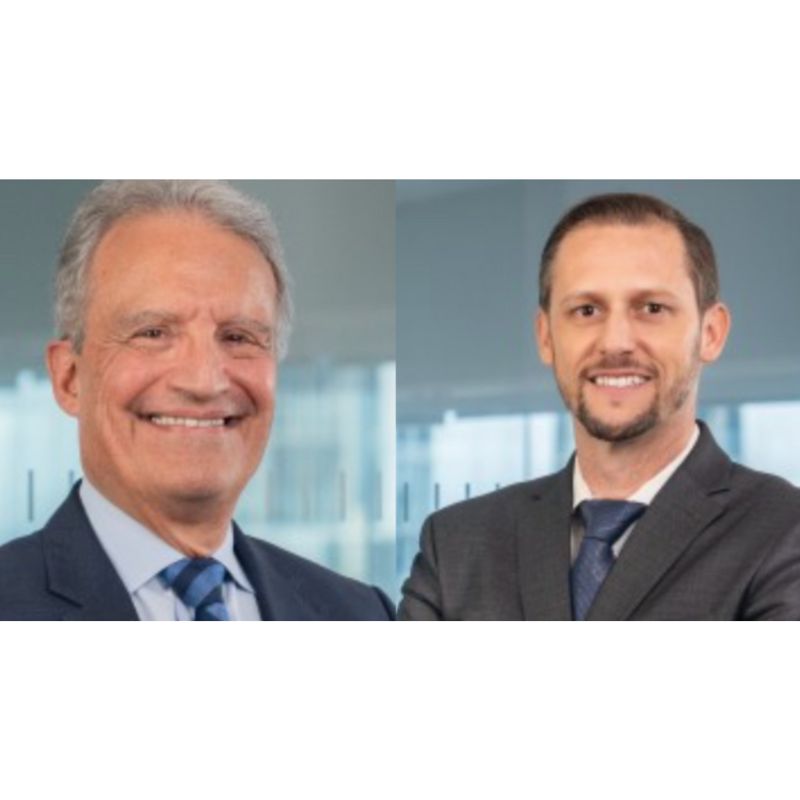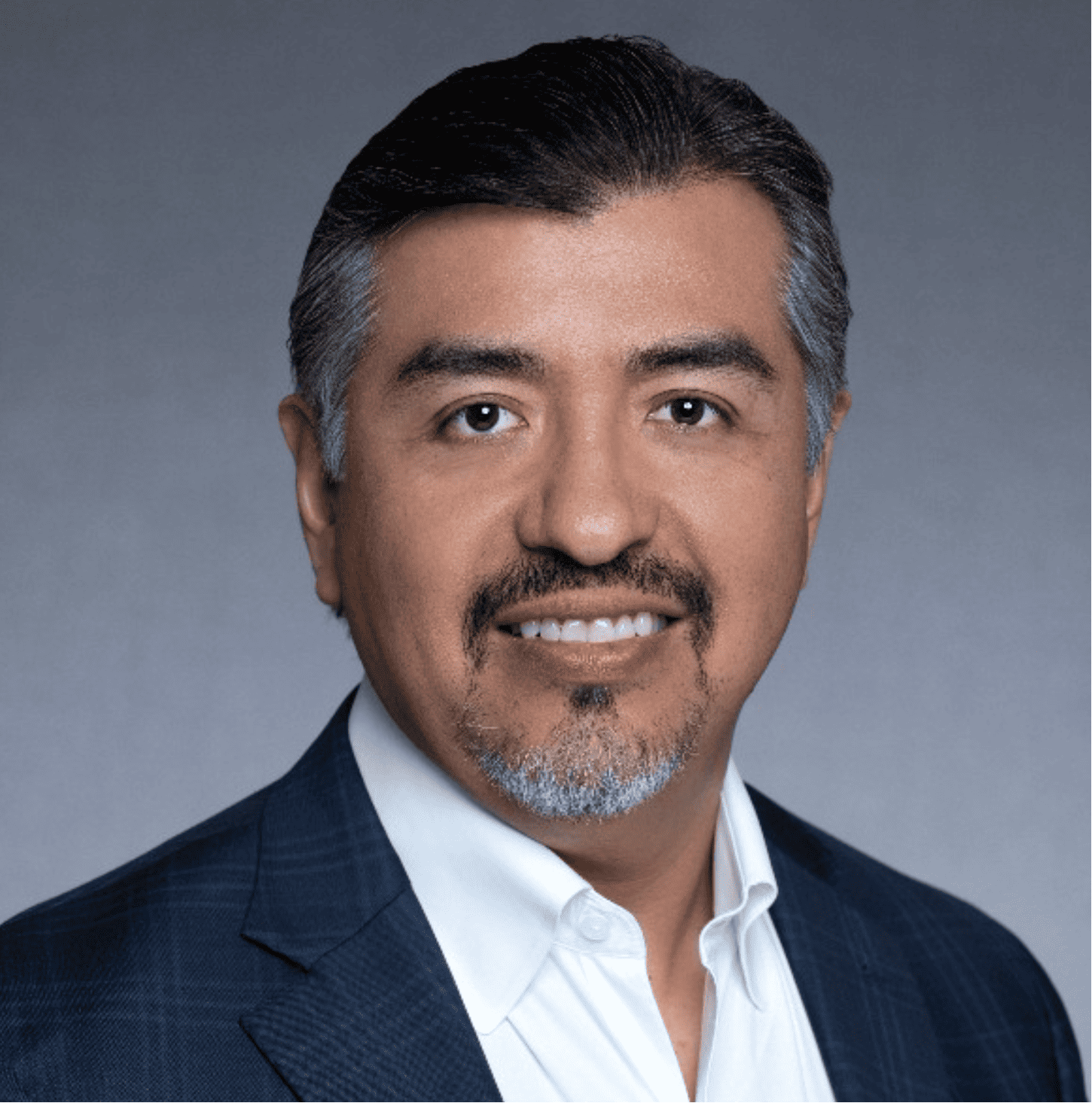Trump and His Policies Were the Focus at the CFA Society Miami 2025 Economic Outlook Dinner
| For Amaya Uriarte | 0 Comentarios

The risks to the U.S. economy and inflation following Donald Trump‘s return to the White House dominated much of the discussion at the annual dinner where CFA Society Miami shares its economic outlook.
This time, the featured speakers were Eugenio Alemán, Chief Economist at Raymond James, and Jim Bianco, President of Bianco Research. The discussion was once again moderated by Jeremy Schwartz, Global CIO at WisdomTree, who proudly wore a Philadelphia Eagles jersey, celebrating the team from his hometown, the latest Super Bowl champions.
Guillermo Rodríguez González-Valadez, President and Director of CFA Society Miami, opened the event by emphasizing the organization’s important role as a hub for networking and exchanging ideas among its members.
He also highlighted CFA Society’s educational work with local universities such as Miami University, FIU, and UF, noting that students interested in finance can now start their CFA Charterholder certification as early as their junior year of college.
But before the dinner, Funds Society spoke with the two speakers and the moderator.
The Effects of Trump
Eugenio Alemán explained that after growing 2.8-2.9% in 2024, the U.S. economy is expected to grow 2.4% this year, driven by fiscal expansions inherited from the Biden administration. However, he warned that potential tariffs announced by Trump could reduce growth to 1.8-1.9% and also impact inflation.
“The January inflation report was bad: it rose 0.5% instead of the expected 0.3%, with housing costs decreasing but other factors rising. Trump‘s administration’s tax cuts, especially in federal spending, could negatively impact the economy, affecting consumer and business confidence,” he stated.
“The Fed has not yet reached its 2% target, and the imposition of tariffs could make inflation control more difficult,” Alemán added.
In his view, the biggest risk is the shift in consumer and business confidence, which could lead to an economic slowdown. “Federal government workers and multiplier effects could be severely affected, leading to broader economic issues,” he predicted.
Investment Strategies
The one-on-one discussion between Jim Bianco and Funds Society focused on market expectations and investment strategies in this uncertain environment. The expert introduced the concept of the “4-5-6 market” and forecasted returns of 4% for cash, 5% for bonds, and 6-7% for stocks in the coming years, highlighting inflation’s impact on interest rates.
Bianco explained that inflation has pushed the Fed‘s next rate cut back to September. “The bond market has suffered significant losses due to rising rates from near-zero levels, but that phase is now behind us, with an average bond market coupon of 5%,” he pointed out.
He revisited the concept of TINA (“There Is No Alternative”), arguing that cash and bonds now provide viable alternatives to stocks. According to him, the traditional 60/40 portfolio is evolving, with bonds potentially offering returns similar to stocks but with lower volatility.
Finally, in his interview with Funds Society, Jeremy Schwartz predicted that the 10-year Treasury yield could rise to 5.5% due to a potential Fed pause and historical interest rate trends. This, in his view, could pressure stock valuations.
“Earnings estimates for the year are high: between 16-17%, a significant increase from the previous 8-9%,” he said. His short-term outlook is cautious, but he expects 6-7% long-term returns, based on earnings yields and inflation. He also warned of the risk of a market correction due to high earnings expectations.
The panel also discussed the role of passive investing in equities and fixed income, with Bianco suggesting that there could be a shift toward active management in equities in a slower-growth market. Other key topics included long-term productivity trends and the impact of AI on the U.S. economy.









